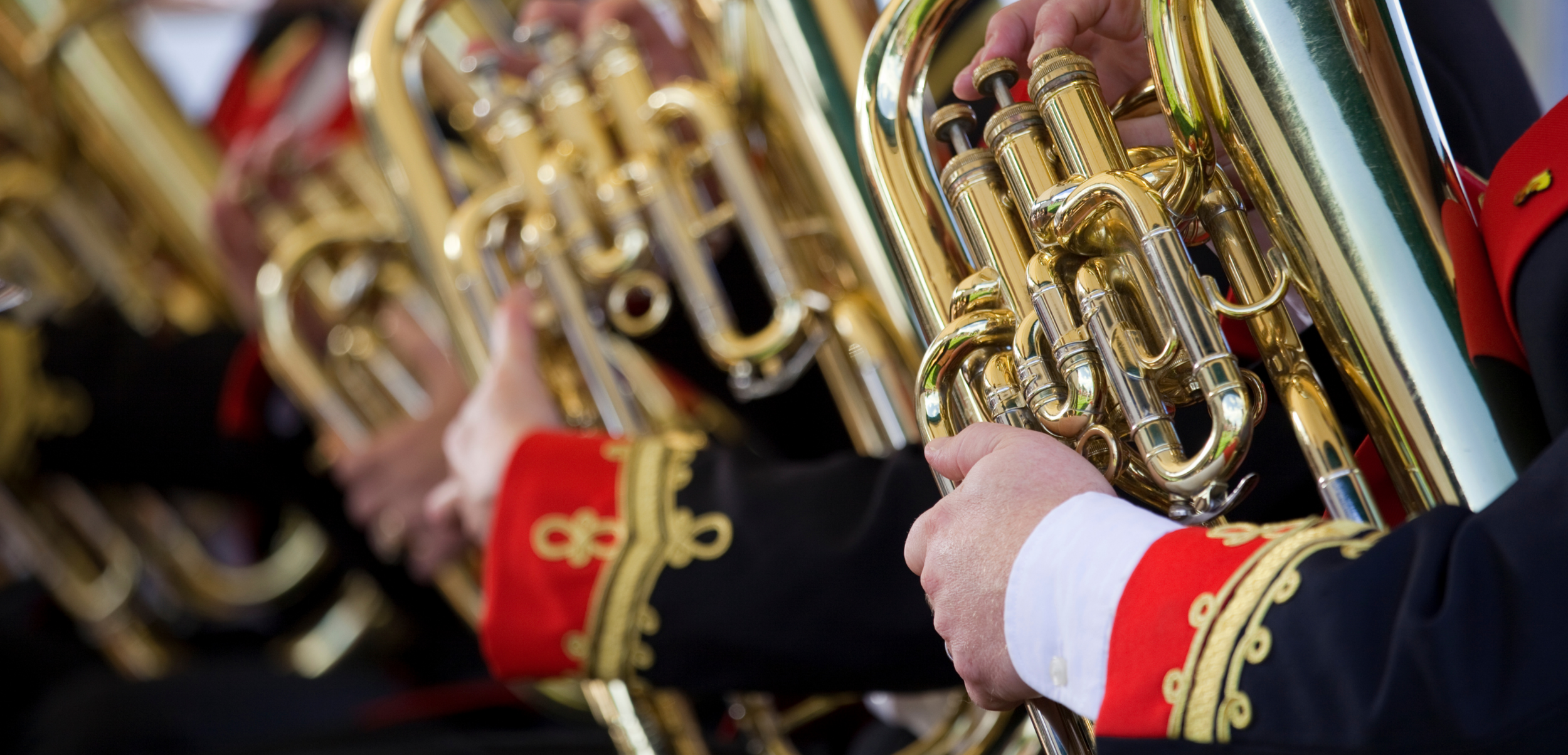
Brass Band
Cambridge Variations
Grade 6 | 18 Mins
Cambridge Variations was commissioned by Philip Biggs and Rchard Franklin with funds provided by All England Masters Brass Band Championship Ltd for their 1992 contest.
The basis of the variations are the six musical notes in the word “Cambridge”, (CABDGE), used mostly in reverse.
The work falls into five sections (variations), which are all (to some extent) derived from the six-note row.
The introductory first section contains a chorale, which starts with the row. This is preceded by related figures in the lower half of the band after the cornets have set up a chattering ostinato. A full-band climax follows and a shortened chorale leads to:
Figures based on the row introduce a robust tune in the baritones and the euphoniums. A bridge passage leads to a second theme in the horns and baritones
An interlude, which features each section of the band in turn, starting with percussion. This leads to:
A slow section, which starts with an expressive cornet melody, derived from the six-note row.
Euphoniums set up an ostinato figure over a bass tune. This continues until the soprano establishes a more legato tune. This dissolves into a bubbling cornet version of the ostinato, under which a slow chordal passage unravels. The original chorale from the introduction returns in triumph. A faster coda brings the work to a close.
